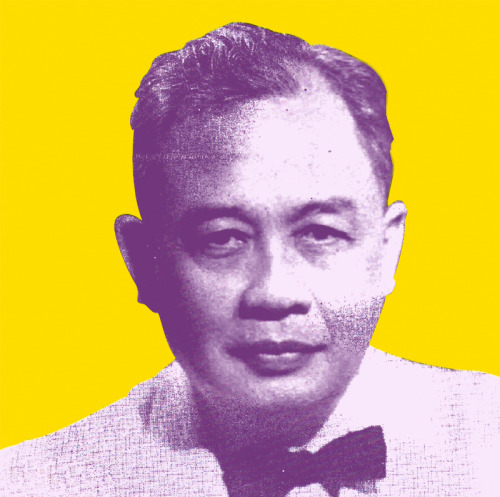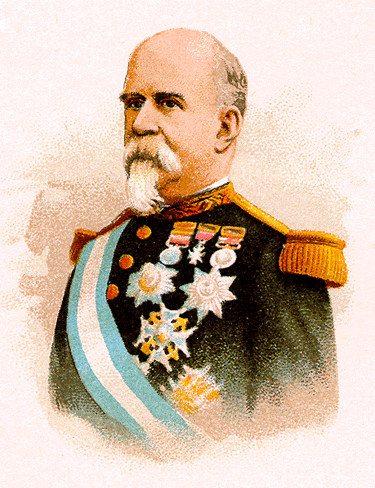Why changing “Philippines
What's in a name? That which we call a rose
By any other name would smell as sweet.
---William Shakespeare, Romeo and Juliet
If names are not correct, language will not be in accordance with the truth of things. --- Confucius
Holy carabao! Have you read the news that a resolution dated April 12 by the government’s Komisyong ng Wikang Filipino (KWF) or the Commission for the Filipino Language urging the use of “Filipinas” instead of “Philippines
I highly respect the KWF officials and concede that they have sincere intentions, but I oppose this idea which I think is a silly waste of time, energy and resources!

Image above sourced from wika.pbworks.com
Why do many of our politicos and bureaucrats have this penchant for the useless exercise of changing historic and also culturally important names, often with no strongly logical and overwhelmingly advantageous reasons? Are they too just so bored with their lives, or lacking more important tasks to do?
Not all name changes are bad, but I wish to cite some which I disagree with and lament. One example was our politicos’ changing of Manila Azcarraga Street Claro M. Recto Avenue
First of all, let me clarify that I admire the anti-colonial Senator Recto as a courageous nationalist and he surely more than deserves a major street to be named after him. In fact, I believe he was worthy to be president, similar to other nationalists like ex-Senate President Jovito Salonga, Senator Jose W. Diokno and Senator Lorenzo Tañada, Sr.

The nationalist Senator Claro M. Reto, image above sourced from hitoriles.com
However, Azcarraga Avenue used to honor a unique leader too which reflected the colorful Philippine past, and I believe it was unnecessary to change that name especially since there are many other new boulevards or streets.

Image of Marcelo de Azcarraga y Palmero, sourced from latinamericanstudies.org
Once known in the Spanish and American colonial eras as Calle Azcarragaza, this street traverses historic Binondo, Santa Cruz Manila , My Manila , he wrote about the very important person the street was named after---the soldier and political leader Marcelo Azcárraga y Palmero, 3-term prime minister of Spain
Azcárraga was born in 1832, in Manila in the what was then called the “Spanish East Indies” (modern-day Philippines plus other Spanish colonies in the east like Guam and the Marianas ), to Basque Spanish former general José de Azcárraga y Ugarte and to María Palmero Versosa.
Azcarraga’s father Jose was a bookshop owner in Manila
Marcelo Palmero Azcarraga also studied law in the University of Santo Tomas in Manila
Not all name changes by our politicos were inane. One name change by politicos which I agree with was that of Plaza Leon XIII (Trece) in front of the Tondo church of Manila

Writer and labor leader Amado V. Hernandez image above, sourced from voiceseducation.org
Why not the Philippine Islands for automatic tourism promotion?
If our government leaders really feel the itch to change the name of the Philippines
I am serious, if we only just continued using the Philippine Islands, that name could automatically evoke images of tropical isles similar to the Carribean, Hawaii , Bali, etc. and subliminally tell the rest of the world that “It’s more fun in the Philippines
Apart from the huge economic resources needed to change every government or private sector electronic, metal and other signages as well as numerous printed materials, or my not liking the idea of the country’s premier state university being called University of Filipinas (UF), I believe the world is already so used to calling our archipelago “The Philippines” so there’s no need to confuse them. Why fix something that isn’t broken?
There are 1,001 more important things in the Philippines which we should expend energies on to change, such as the mismanagement of Metro Manila’s traffic flow, the wide chasm between the few who are well-off vis-à-vis the small middle-class and majority the poor masses, our colonial mindset or mentality, the still continuing corruption in lower-ranking government leaders and the need for structural reforms, etc. Another thing we need to change? Please change the irritating, epal and seemingly useless name-changing habit of our politicos!
No comments:
Post a Comment